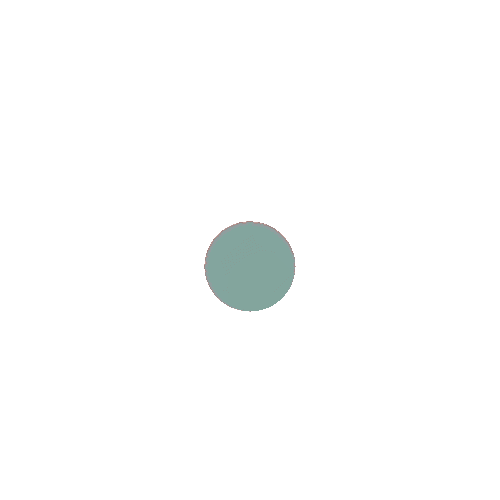Closure
Gaps are naturally filled to complete incomplete shapes, enabling communication with minimal detail
Pattern Completion
Users naturally complete incomplete shapes based on familiar patterns
Use Implied Shapes
Suggest shapes with partial lines or patterns to create intrigue
Space Utilization
Negative space can create recognizable shapes and meaning
Ensure Clarity
Make sure implied forms are easy to recognize, avoiding overly abstract gaps
When to Use
- •
Designing logos with implied shapes or incomplete lines
- •
Creating icons that suggest form with minimal detail
- •
Using dashed borders for placeholders or drop zones
- •
Encouraging exploration with partially revealed content
- •
Designing progress bars that show completion stages
When Not to Use
- •
When users need precise, fully detailed information
- •
In forms where incomplete fields might confuse users
- •
If partial designs compromise clarity or accessibility
- •
When the design requires explicit representation
Common Pitfalls
- •
Using overly abstract forms that users can’t interpret
- •
Relying on closure for critical functionality
- •
Failing to provide context for incomplete elements
- •
Overcomplicating designs with excessive implied shapes

Become a better designer
Sign up for Links for Thinks — a weekly roundup of resources like this to help you uplevel your design thinking straight to your inbox
Principle of Closure in Visual Design
Nielson Norman Group / Alita Kendrick
Principle of Closure in Visual Design
Nielson Norman Group / Alita Kendrick
The Law of Closure
Interaction Design Foundation
The Law of Closure
Interaction Design Foundation
Gestalt Principles of Design — Closure
Christopher Butler
Gestalt Principles of Design — Closure
Christopher Butler